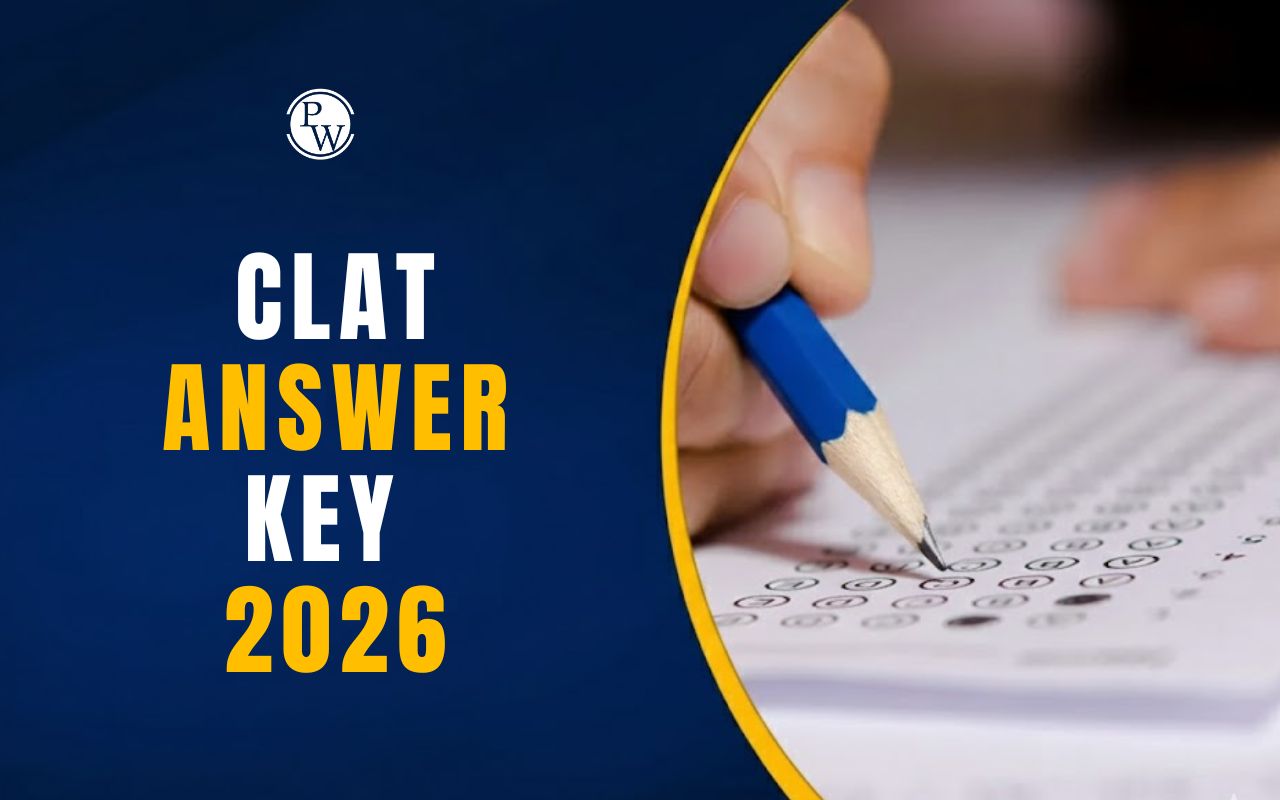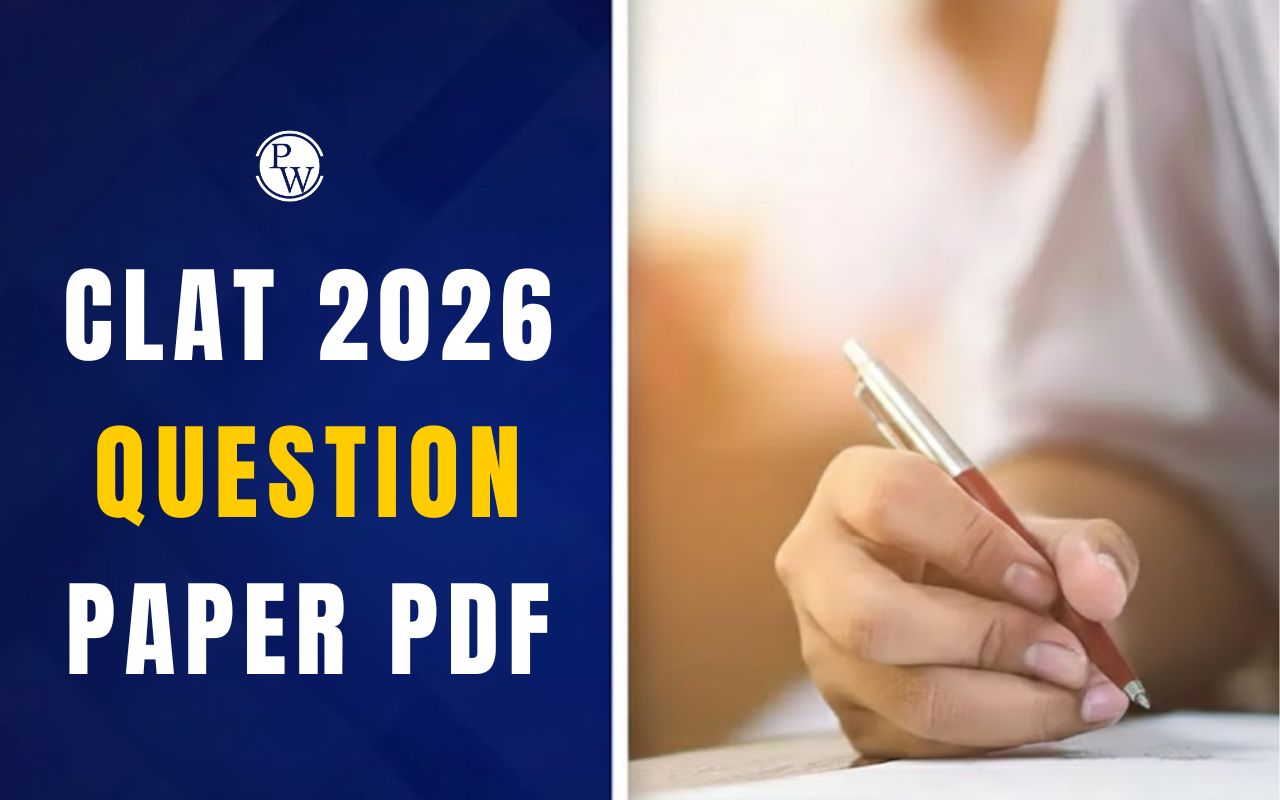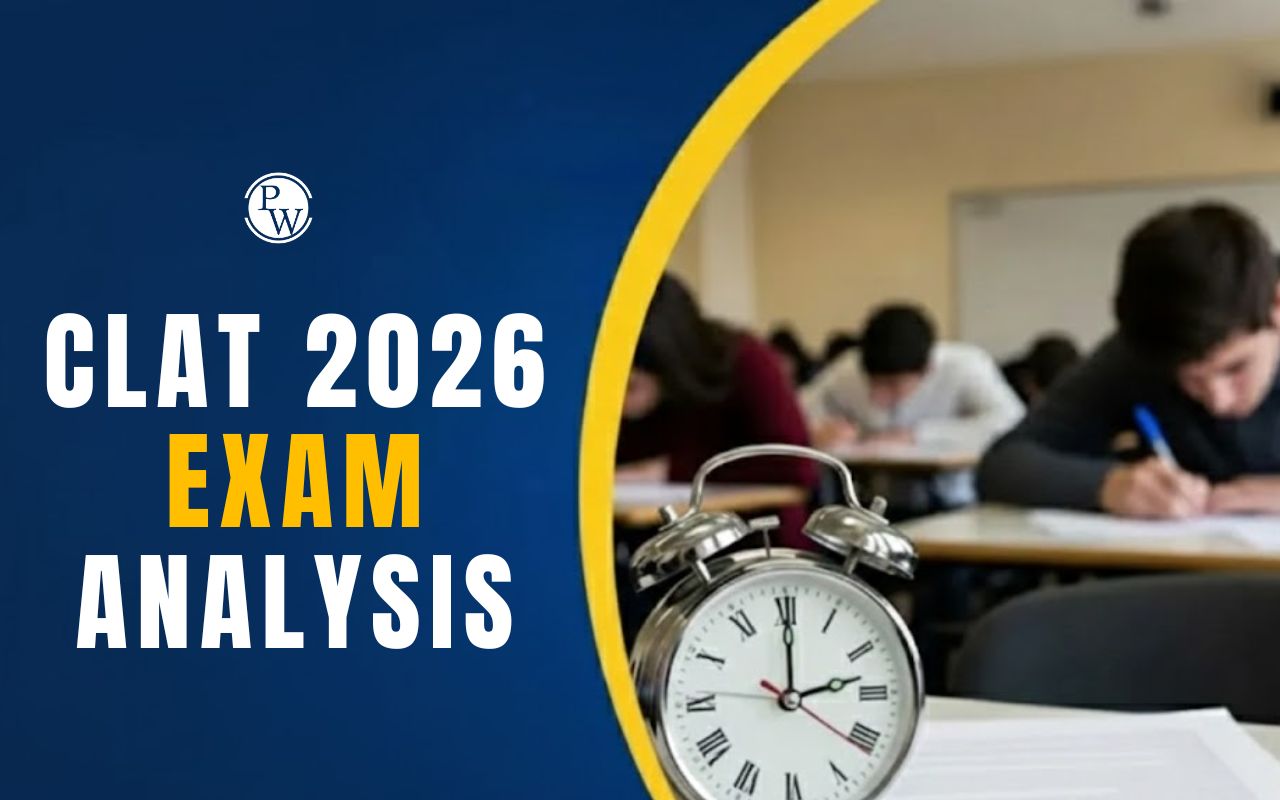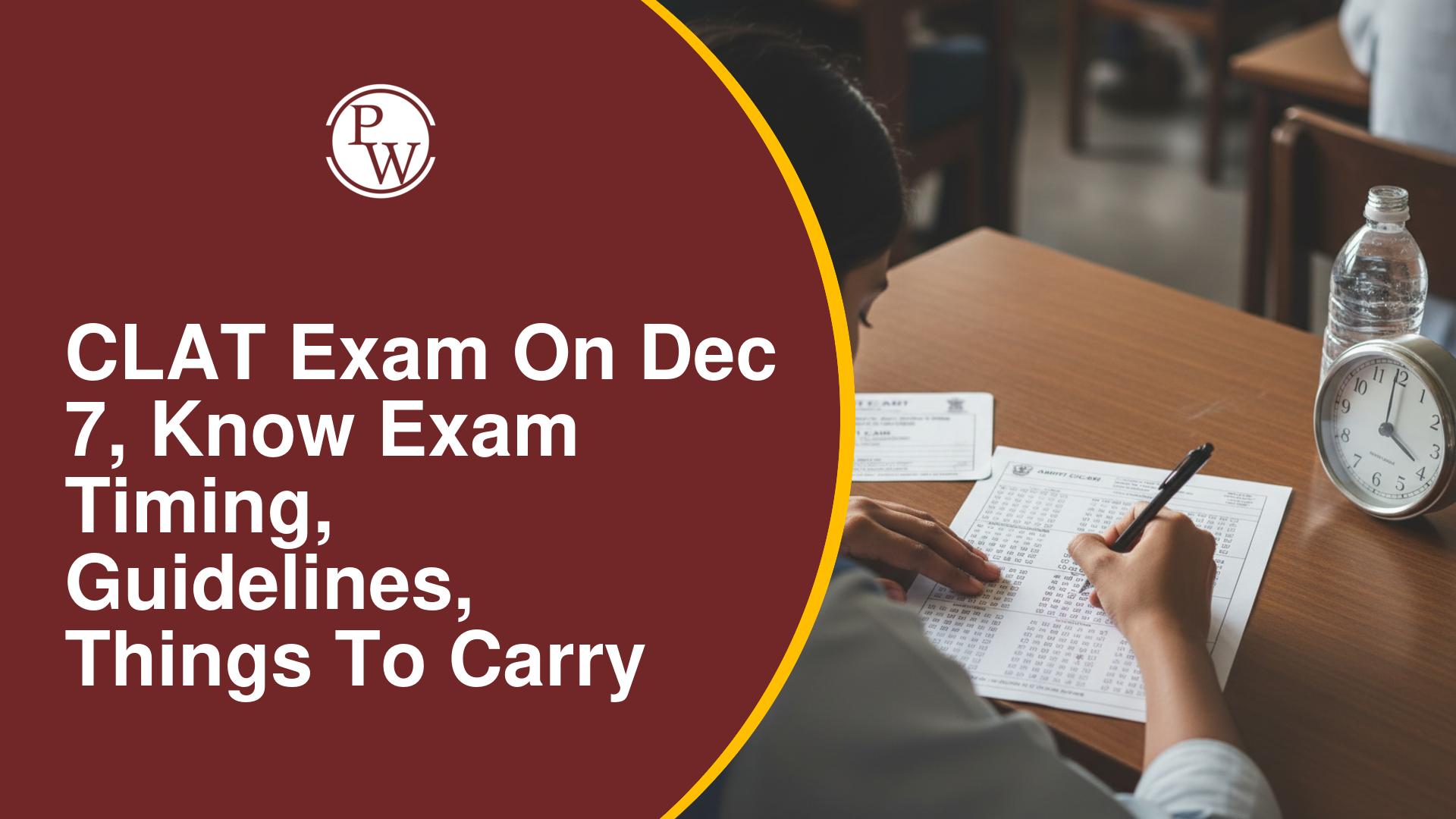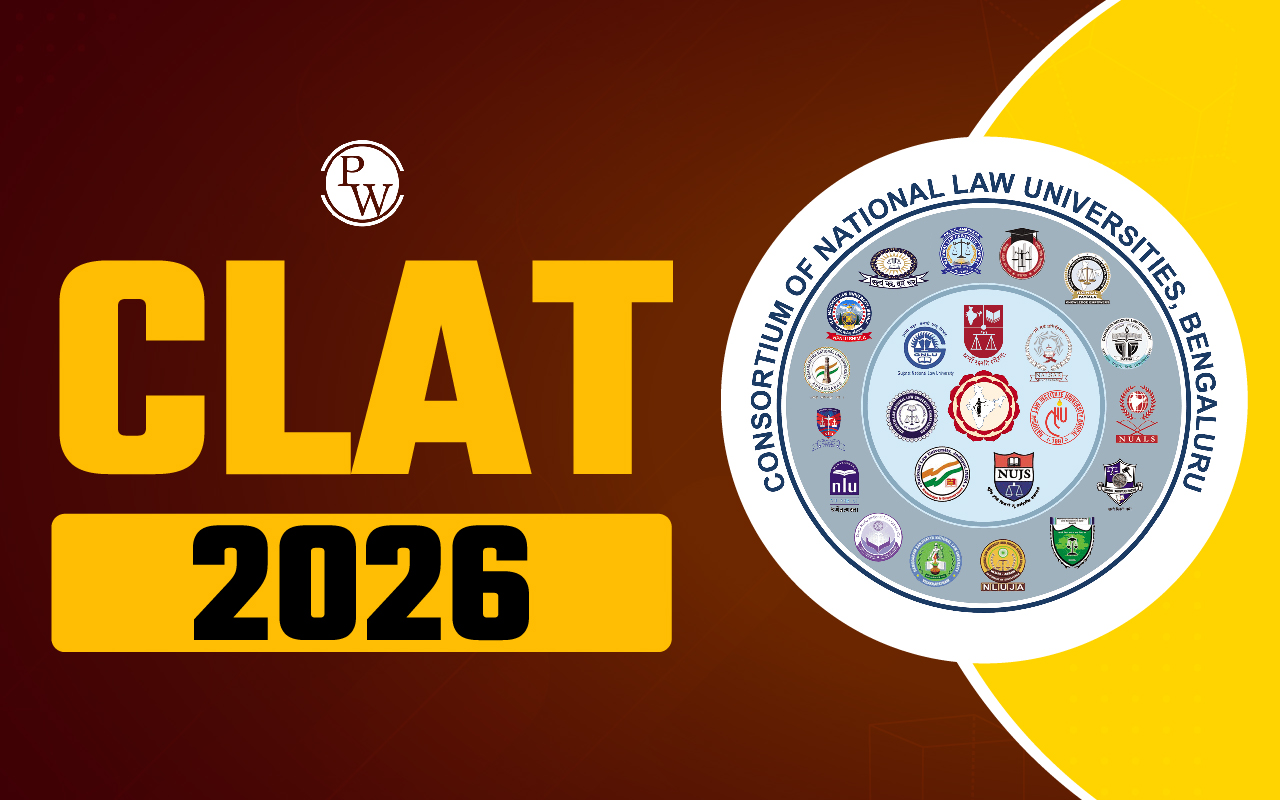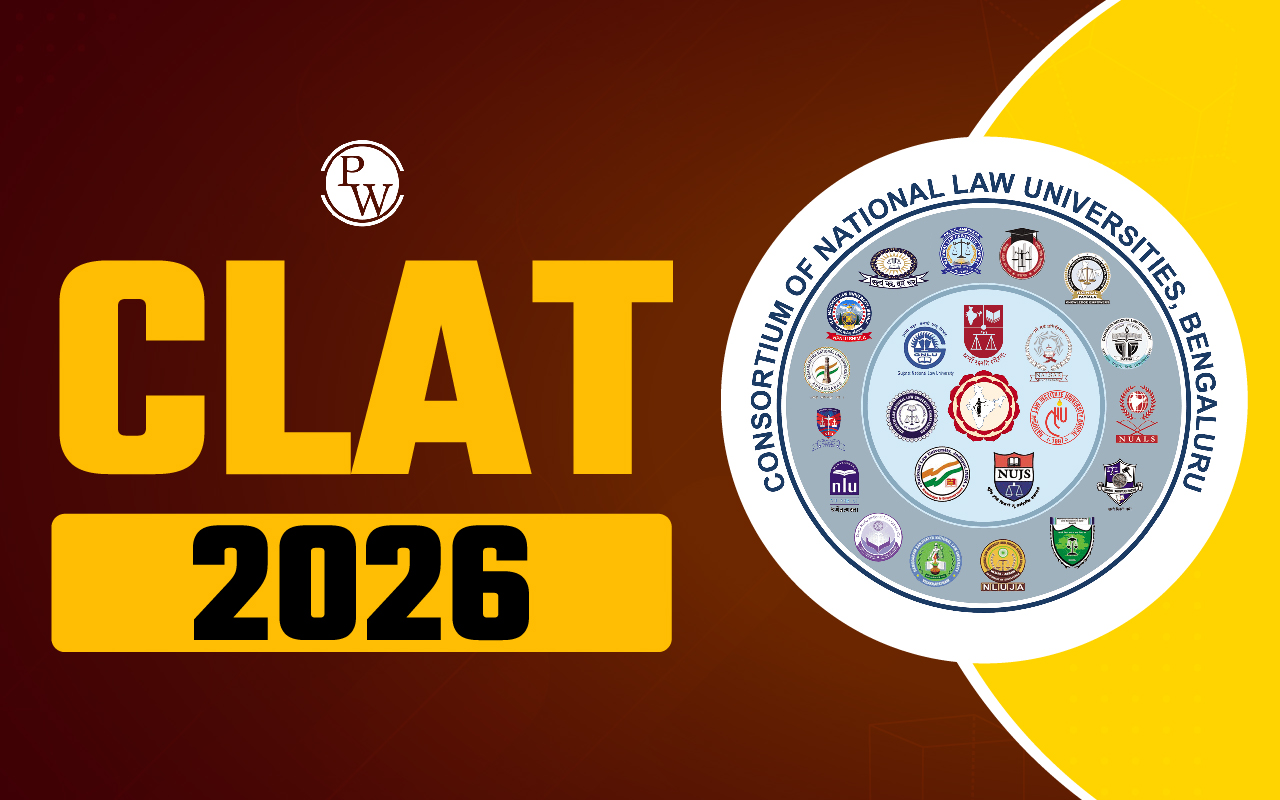
CLAT Maths Syllabus 2026: Candidates preparing for the CLAT entrance exam 2026 must have a good grasp of the CLAT maths syllabus 2026. With 10% weightage in the CLAT 2026 (10-14 questions), candidates need to focus more on this to boost their total CLAT 2026 score. CLAT maths syllabus 2026 includes topics that fall under the Quantitative Techniques section such as basic calculations, percentages, profit & loss, time & work, ratio & proportion, partnership, etc. The questions are framed up to 10th grade level. To do well inthe CLAT 2026 quantitative technique section, candidates need to practice calculation-based data interpretation questions.
CLAT 2026 Maths Section Overview
The CLAT 2026 maths section comes under the CLAT Quantitative Techniques category. It holds around 10%, constituting around 10-14 questions in the CLAT entrance exam 2026. The questions are based on the Mathematical elementary topics such as ratio and proportion, percentage, profit-loss, etc.
The CLAT maths syllabus 2026 requires candidates to have a basic understanding of mathematical concepts rather than focusing on advanced topics. The following table mentions key aspects of the CLAT 2026 Maths section.
Section-Wise Topics for CLAT Maths Syllabus 2026
CLAT Maths Syllabus 2026 includes topics primarily based on the Class 10th standard. The CLAT 2026 quantitative techniques sections majorly cover topics such as arithmetic, data interpretation, algebra, mensuration, ratios, and profit and loss. Knowing the section-wise topics covered in the CLAT maths syllabus 2026 helps aspirants to streamline their CLAT 2026 preparation, giving enough time to each section. Check out the important section-wise topics for the CLAT 2026 Maths section.
How to prepare for CLAT Maths Syllabus 2026?
Here’s how you can prepare for the CLAT 2026 quantitative section.
-
Familiarity with CLAT Maths Syllabus 2026: For CLAT 2026 maths section, start by understanding the basic mathematical concepts. Revise concepts and formulae of profit and loss, time and work, mensuration, etc. from class 10th maths books.
-
Concise Notes: Make concise notes of these formulae and revise them regularly. Practice different patterns of questions based on these formulae. Don’t just memorize formulae, understand how and why they work.
-
Work on your Calculation Speed: Try to improve your calculation speed. Practice different calculation techniques, such as the approximation method or the digit-sum calculation technique. Solve as many questions as possible using these techniques to get used to them.
-
Solve CLAT Previous Years Papers: Try solving CLAT previous year papers based on the CLAT maths syllabus 2026. Solve different patterns of questions based on data interpretation, ratio and proportion, mensuration, percentage, etc.
-
Attempt Mock Tests: Candidates preparing for CLAT 2026 must try to attempt at least 1-2 mock tests daily. Try to attempt sectional mock tests, also especially tailored for the CLAT 2026 maths section. Analyse your performance and identify your weak topics. Work on them.
CLAT Maths Syllabus 2026 Preparation Books
Selecting the correct and suitable preparation books covering the CLAT maths syllabus 2026 is very important for building a strong foundation and developing effective problem-solving strategies. These books must help you understand basic mathematical concepts, improve your calculation speed, and make you aware of new patterns of questions. Some of these are mentioned below.
CLAT Maths Syllabus 2026 FAQs
What level of mathematics questions are asked in the CLAT 2026 maths section?
How many maths questions are asked in the CLAT quantitative technique section 2026?
What topics are covered under the CLAT maths syllabus 2026?
What is the format of maths questions in CLAT 2026?
Is advanced mathematics (like calculus) included in the CLAT maths syllabus 2026?


